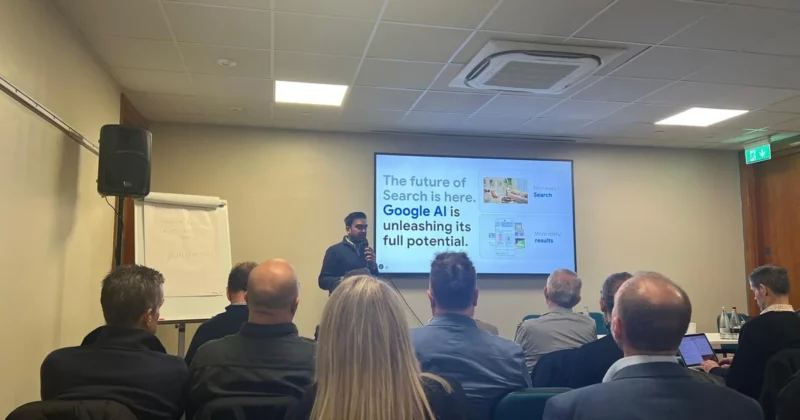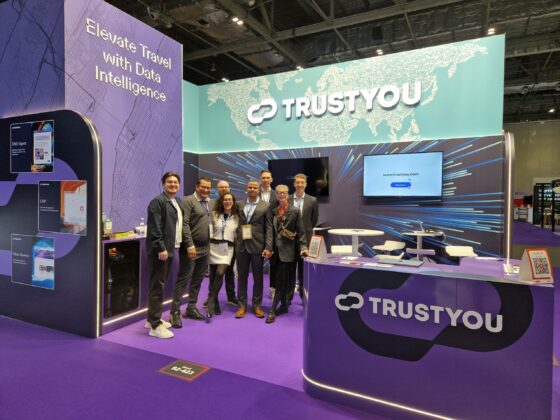
The global travel industry has done well to climb back from the carnage of the pandemic years. Nevertheless, living costs remain stubbornly high, squeezing the budgets of would-be holidaymakers. In response, some travel brands may focus on deals, vouchers and promotions. However, such activity can undermine long-term brand health. Instead, travel marketers should focus on re-evaluating how to best deliver meaningful, personalised brand experiences.
Consumer data should underpin this strategy – offering rich insight into a range of categories, from key customer groups, to holidaymaking trends as well as popular new resorts and destinations.
This can inform educational campaigns, such as informing audiences on alternatives for seeking the sun, including summer breaks in the Northern European mountains (increasingly an option due to global warming). Indeed, for an industry that relies on appealing to customers at the right time within extremely tight windows of opportunity dictated by a myriad of factors (including the whole family agreeing to a destination), the likelihood of ad exposure to conversion is much lower than other types of purchases. Therefore, maintaining a comprehensive overview of each stage of the customer’s path to purchase is crucial.
Thankfully, travel marketers are in a position of strength due to the vast amounts of first-party data that they have at their disposal. These datasets, and the unique customer insight they have to offer, present a huge opportunity for data collaboration. This means bringing together data from a number of sources so that all contributors benefit. For example, an airline uniting its customer insight with that of a luxury retail brand for high-value audience segmentation and optimised re-targeting during the consideration period, or offering its in-flight, physical customer touchpoints to provide travellers with experiential experiences that promote the retailer’s products.
Those brands who best leverage data collaboration will extract themselves from depending on competitive and expensive campaigns during historically ear-marked sales months (January), and instead deterministically drive outcomes across the purchase cycle all year long.
The first-party future
The first-party data that travel companies hold opens the door to them being able to provide invaluable insights into consumer shopping behaviour, including intent and interest type browsing. This data can be used in collaboration with other companies to provide travellers with increased personalisation and relevance, as well as support long-term media planning.
For example, through collaboration with a CPG, an adventure holiday brand can explore how bookings correlate to purchases of bug spray, high-factor sunscreen, and camping equipment.
The permutations of such partnerships are almost endless, and can help to unlock rich behavioural insights, better segmentation of audiences, and allow brands to accurately target campaigns for when consumers are in the consideration phase for certain types of products.
Presenting a means for travel firms to monetise their vast customer data by helping those brands who may not have as much first-party data at their disposal, there is a real opportunity for travel brands to engage with the commerce media phenomenon.
Indeed, this vertical is differentiated by having more behavioural insights about their consumers, and having a scale of those already authenticated, and so significant benefits for engagement. These rich insights make a media network unique, and can open up new revenue streams for the business, solidify partnerships and, crucially, improve customer experiences.
Focusing on authentication strategies and collecting this first-party data should therefore be a priority, including educating the customer on the value received for their opted-in personal information.
Safe travels
For the past couple of decades, new data privacy laws and regulations have been introduced and robustly enforced to protect against the unlawful sharing of customer data. Against this privacy-focused backdrop, it’s understandable that some marketers are hesitant to embrace the opportunities of data collaboration. It’s true that sharing data with other businesses can be met with risks if not done properly.
To ensure businesses are collaborating with others in a manner that is respectful of user privacy, they need to ensure they invest in the right technologies. Any technologies adopted should be privacy-by-design, reducing risk to the business and its customers, while ensuring that collaboration is possible in any way the business sees fit. Thankfully, technologies such as enhanced data clean rooms have now made this possible at scale.
Clean rooms
Enhanced data clean rooms enable companies to collaborate with trusted partners in a safe environment that helps them to unlock a 360-view of their customers. Travel marketers can leverage these collaborations to better personalise the customer experience, improve outcomes, acquire new customers, and achieve better lifetime customer value.
As the travel industry continues to evolve in line with market changes, a shift toward data collaboration can unlock a range of much-needed opportunities to find new revenue streams for their businesses. Most notably, in the form of commerce media.
To thrive amongst the competition, travel marketers must deepen connections with their customers. By prioritising first-party data and data collaboration, they can build brand loyalty and engagement while simultaneously generating new forms of revenue.








